Hamid Reza Pourreza
Image and Depth from a Single Defocused Image Using Coded Aperture Photography
Mar 13, 2016
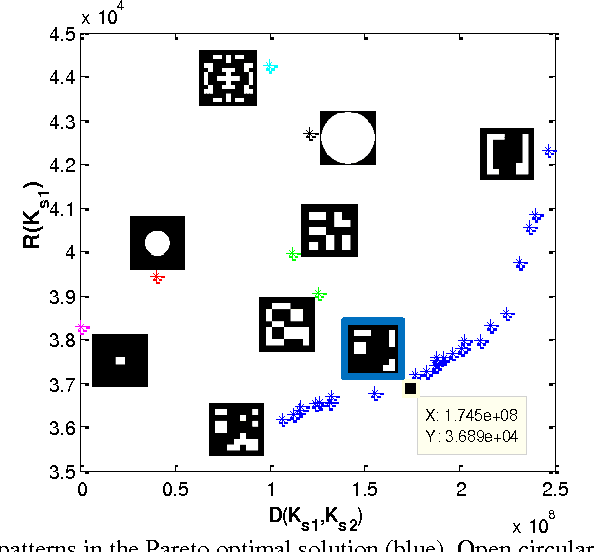

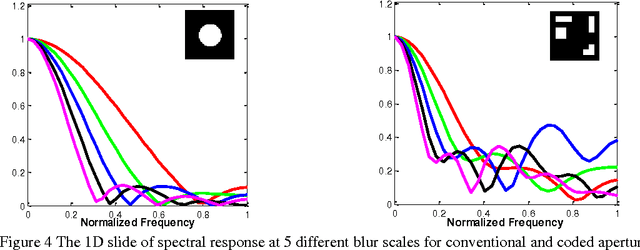
Abstract:Depth from defocus and defocus deblurring from a single image are two challenging problems that are derived from the finite depth of field in conventional cameras. Coded aperture imaging is one of the techniques that is used for improving the results of these two problems. Up to now, different methods have been proposed for improving the results of either defocus deblurring or depth estimation. In this paper, a multi-objective function is proposed for evaluating and designing aperture patterns with the aim of improving the results of both depth from defocus and defocus deblurring. Pattern evaluation is performed by considering the scene illumination condition and camera system specification. Based on the proposed criteria, a single asymmetric pattern is designed that is used for restoring a sharp image and a depth map from a single input. Since the designed pattern is asymmetric, defocus objects on the two sides of the focal plane can be distinguished. Depth estimation is performed by using a new algorithm, which is based on image quality assessment criteria and can distinguish between blurred objects lying in front or behind the focal plane. Extensive simulations as well as experiments on a variety of real scenes are conducted to compare our aperture with previously proposed ones.
Efficient IRIS Recognition through Improvement of Feature Extraction and subset Selection
Jun 25, 2009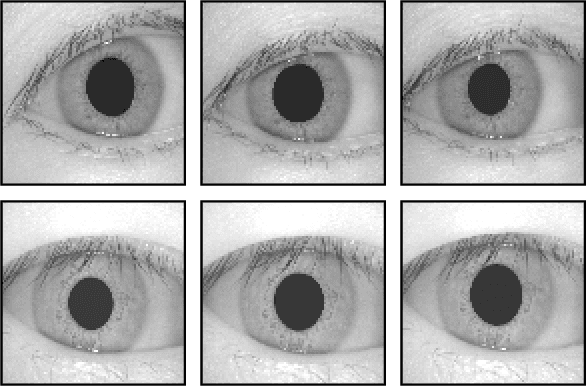
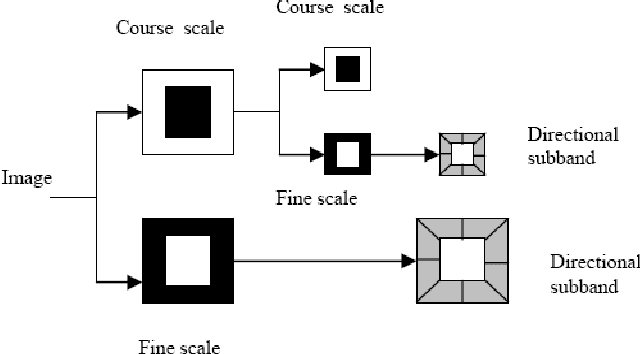
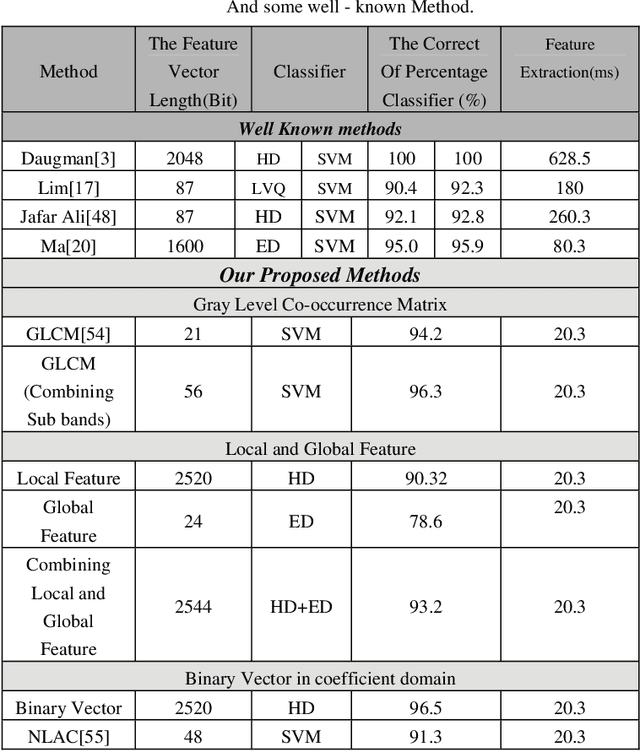
Abstract:The selection of the optimal feature subset and the classification has become an important issue in the field of iris recognition. In this paper we propose several methods for iris feature subset selection and vector creation. The deterministic feature sequence is extracted from the iris image by using the contourlet transform technique. Contourlet transform captures the intrinsic geometrical structures of iris image. It decomposes the iris image into a set of directional sub-bands with texture details captured in different orientations at various scales so for reducing the feature vector dimensions we use the method for extract only significant bit and information from normalized iris images. In this method we ignore fragile bits. And finally we use SVM (Support Vector Machine) classifier for approximating the amount of people identification in our proposed system. Experimental result show that most proposed method reduces processing time and increase the classification accuracy and also the iris feature vector length is much smaller versus the other methods.
* 10 pages, International Journal of Computer Science and Information Security (IJCSIS)
 Add to Chrome
Add to Chrome Add to Firefox
Add to Firefox Add to Edge
Add to Edge